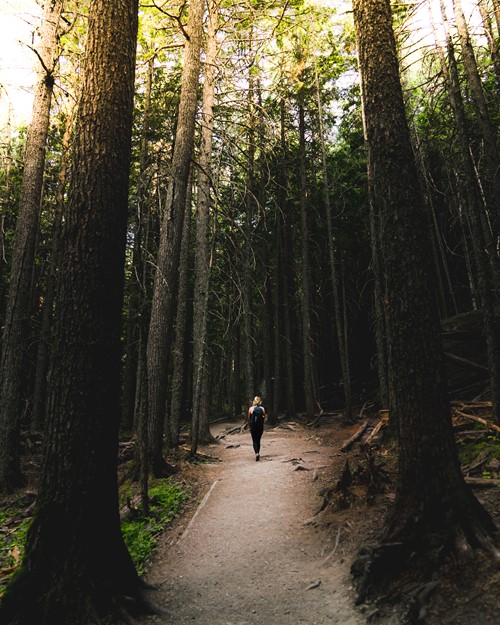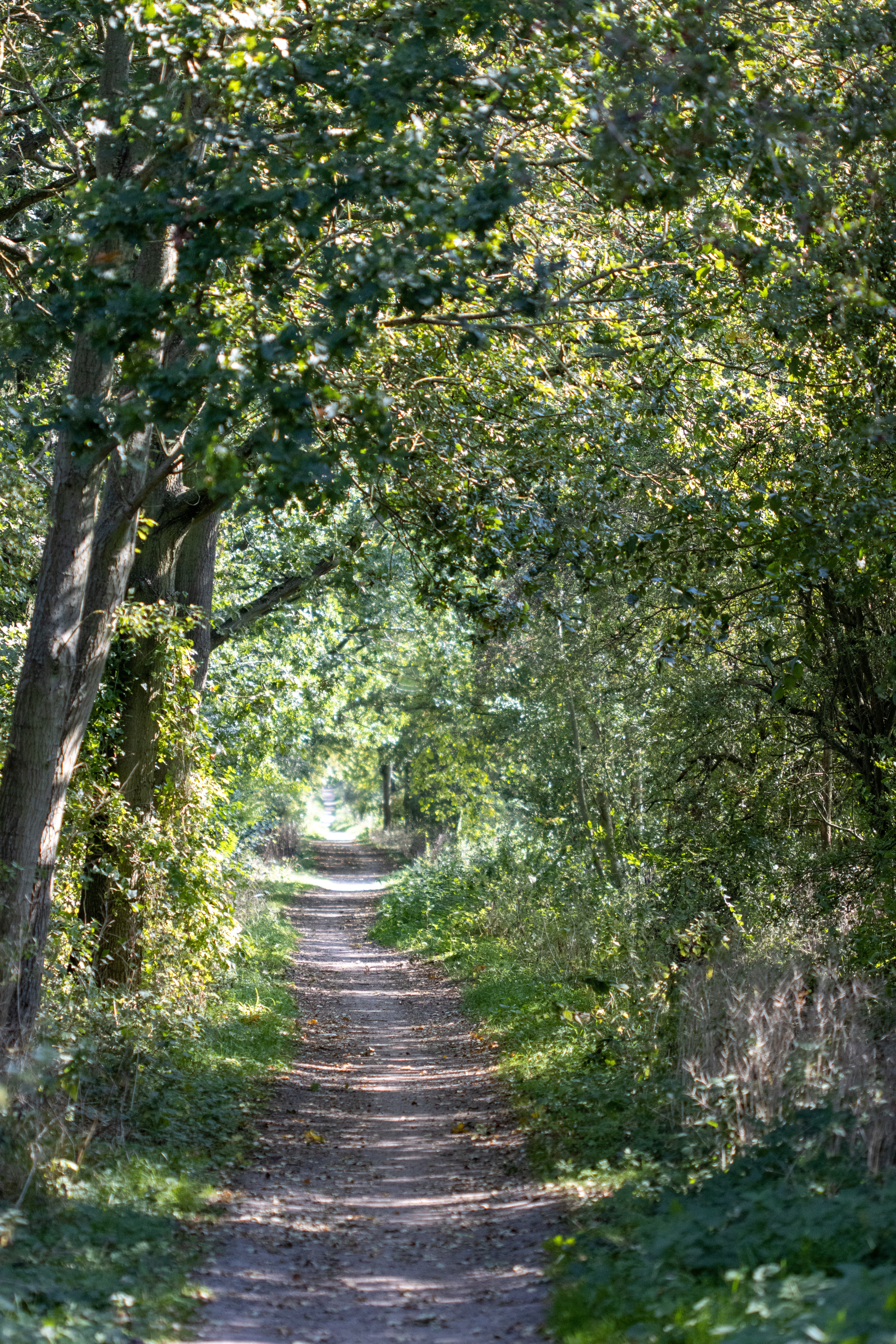Get Up and Go!



Mindful Walking Practice
Being physically active is a great way to boost our feel-good endorphins and improve our mental wellbeing. Physical activity can also help support mindfulness, which also feeds into our wellbeing by improving our ability to curb stress, worries and anxieties to maintain our focus and self-worth.
Walking is a low impact way to get fit and healthy and you can also use it as an act of mindfulness to bring you into the present moment, helping you to notice nature and feel gratitude for your environment and physical health.
A Guide to Mindful Walking
Plan a short walking route. It is preferable to walk somewhere familiar when you begin your mindful walking practice. You can begin to explore longer and unusual routes once you are in a routine.
Start your walk and bring your attention to the rise and fall of your feet. You may choose to count your steps as you regulate your pace and get into the rhythm of walking. Notice how your pace and breath complement one another. Feel the weight of your body shift from right to left.
Now bring your attention to the sounds of your environment. What do you hear? Take a deep breath and let the sounds wash over you as you bring your attention back to your feet.
Now bring your attention to the smells of your environment. What do you smell? Take a deep breath and release the sensation as you bring your attention back to your feet.
Now bring your attention to the sights of your environment. What do you see? Take a deep breath and let your visions slowly melt away as you bring your attention back to your feet.
Bring your attention back to the rise and fall of your feet. Count your steps as you focus on your pace and the rhythm of your walking. Notice how your pace and breath complement one another. Feel the weight of your body shift from right to left. Finish your walk and take three deep breaths in and out.

